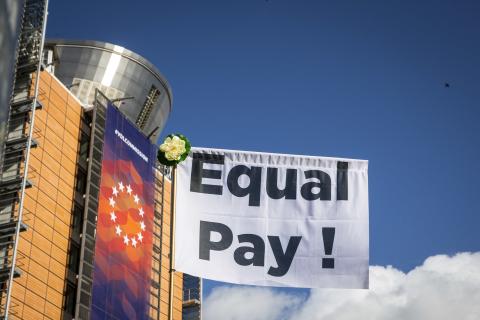European Economic
and Social Committee
By the EESC Workers' Group
On average, women earn 14% less than men in Europe. In some countries the situation is slowly improving; in others it is deteriorating. The gap is expected to close on average by the twenty-second century in the European Union, but in countries such as France this is expected to take another 1000 years.
The reasons for the gap vary: sectoral segregation (women being overrepresented in low-paying sectors); work-life balance (women spending more time in unpaid work at home); the glass ceiling (less than 10% of CEOs are women); and plain discrimination, despite the law.
To help tackle the gender pay gap and end pay discrimination, the European Commission has issued a Pay Transparency proposal with enforcement mechanisms to strengthen the application of the principle of equal pay for equal work or work of equal value. The proposal includes the fundamental concept of binding pay transparency rules, also improving access to justice.
While pay transparency is by no means the only tool for combating pay discrimination, being able to identify gender-biased structures is clearly key to tackling the salary differences.
The EESC has suggested improvements to the original Commission proposal in an opinion which calls for the directive to be strengthened by guaranteeing that all workers can benefit from this advantage, not just those working in large companies. The success of these measures depends on genuine engagement from the social partners.
Securing fairer pay and ending pay discrimination are key goals in protecting the fundamental rights of all workers in Europe.
